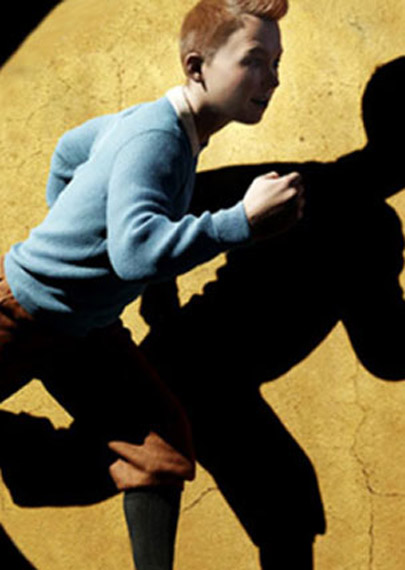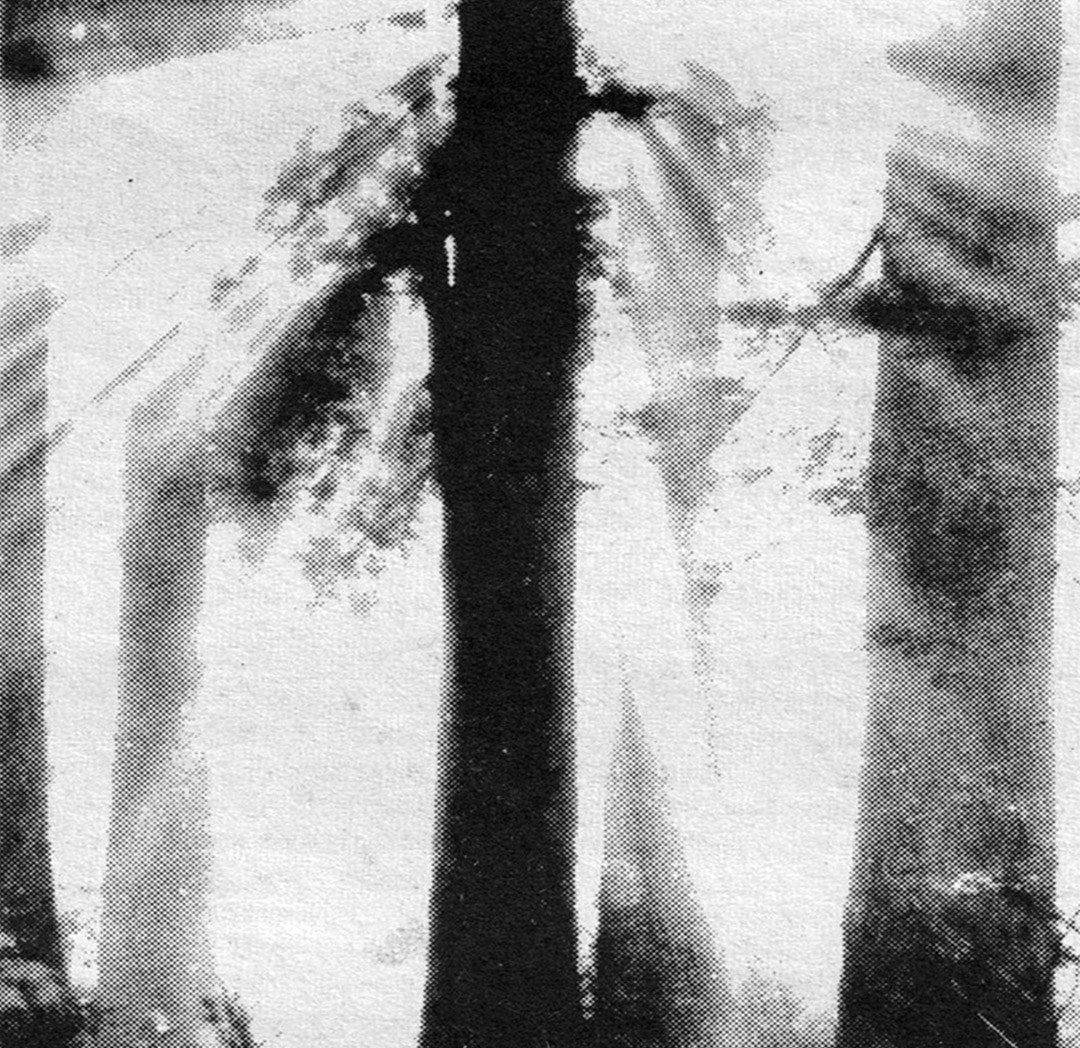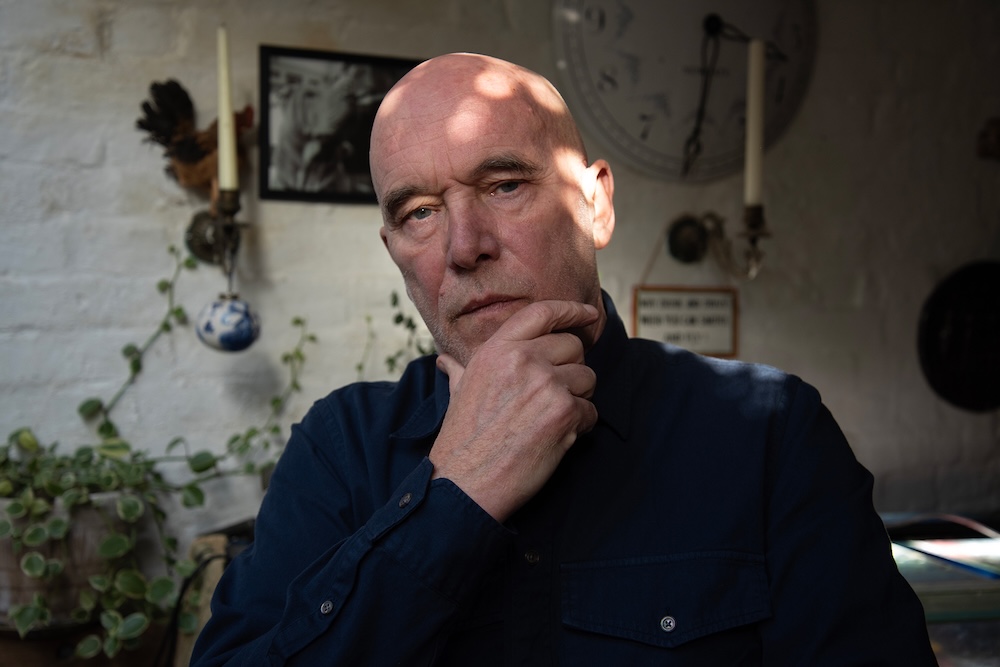Adventures of TinTin: The Secret of the Unicorn

I would love to be able to tell you that Steven Spielberg's new 3D motion capture version of TinTin is a masterpiece; or even that it is a complete stinker. Instead, I have to report that I found myself somewhat bored by the whole thing.
I went to the cinema at 10.30 am with high hopes of something truly spellbinding and mind-boggling, and I'm sure that's what Spielberg (in conjunction with Peter Jackson) planned to achieve. But to my eyes, ears and mind, this is truly a defining example of more is less.
You know the game where you are asked to name 10 famous Belgians, and get stuck soon after you've thought of Jean-Claude van Damme and Georges Simenon? Well of course the other name to mention is Herge, which was the pen name of Georges Remy (take G and R, reverse them, say it in French and you get Herge), who was born in 1907. He created the character of TinTin, intrepid boy journalist/detective in 1929, and published 23 TinTin books between then and 1983 when he died. Generations of children have loved the books (despite the dodgy nature of some of his politics), which have been translated into English among many other languages. TinTin, his dog Snowy (aka Milou), Capitaine Haddock, the Thompsons and Professor Calculus/Tournesol are as well know here as are Asterix and Obelix, and Herge was a far better storyteller and draughtsman.
Given the time, effort and money plunged into this project, I think we can assume that Spielberg and Jackson are two of the biggest (and richest) fans around. The question is whether that is a good enough reason to make a TinTin film, and whether motion capture is the right way to go about it. Attempts have been made to film Tintin before, but they have mainly consisted of taking the cartoon characters and animating them, with a French/English voiceover. A quick glimpse at some samples on youtube suggests that this is barely an improvement on the average Yogi Bear cartoon. So in that sense, the decision to go with motion capture (read this for clarification, if needed) is a logical one. But there are consequences.
The consequences are that you end up with something that is neither fish nor fowl. You lose the simple but charming 2D representation of the original cartoon strip, but you also lose the believability of real human faces; instead you have slightly creepy semi-human faces, like that of Captain Haddock above. And when you throw in the fact that this is a multimillion dollar production in 3D, you also end up with a lot of spectacular scenes, which feel as if they have more to do with Spielberg than they do with Herge.
The film takes elements from more than one book, but the core of the story is from the 1942, Secret Of The Unicorn, in which TinTin, aided by Snowy, and Captain Haddock (who for the purposes of the film, he has not previously met), try and locate the map that will guide them to Haddock's ancestor's treasure. The film sticks fairly closely to the core of the story, but launches into wild sub-Indiana Jones escapades, presumably designed to justify the expense and the 3D technology (which as usual I was at a loss to see the point of). And this is where the more is less kicks in. It was precisely in those portions of the film which are supposed to be the most exciting and visually arresting that I became most bored. The attempt to generate some excitement produced exactly the opposite reaction.
Thinking about it, the charm of Herge's cartoon books is not only the skill with which they are composed, but also their old fashioned nature. And while the period setting is mostly maintained, the hyperactivity of the film only serves to undermine the slightly staid and quaint nature of the characters and the narrative. Perhaps worst of all, though is the fact that the faces of the characters are so unhuman. They simply don't look like people, which is fine when they are cartoon characters on a page, but more troubling when they are supposed to be more believable.
You can't complain about the quality of the technology, but you can question whether so slender a story can really justify 100 minutes and however many millions of dollars. I'm surprised to see that the US release is several weeks after the release in the UK. I have no idea whether American audiences have the same affection for the books as we do, but I also wonder whether kids in 2011 have any interest in TinTin, and whether those who did grow up with him, will want to go and see the film. I really wish I could be more enthusiastic, but I'd hate to raise hopes that could not be fulfilled. It's an underwhelming experience.
5/10
• Content supplied by the excellent Front Row Films website – check the site and join up for many more reviews and general all-round film goodness.
• To stay ahead of the game, subscribe to The Ransom Note – here


















Must Reads
David Holmes – Humanity As An Act Of Resistance in three chapters
As a nation, the Irish have always had a profound relationship with the people of Palestine
Rotterdam – A City which Bounces Back
The Dutch city is in a state of constant revival
Going Remote.
Home swapping as a lifestyle choice
Trending track
Vels d’Èter
Glass Isle
Shop NowDreaming
Timothy Clerkin
Shop Now